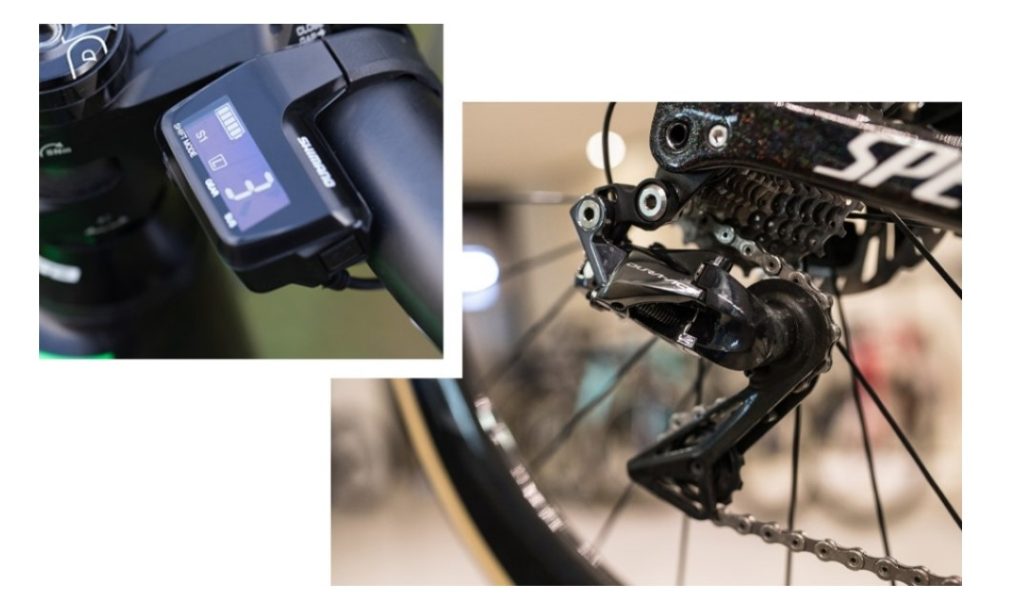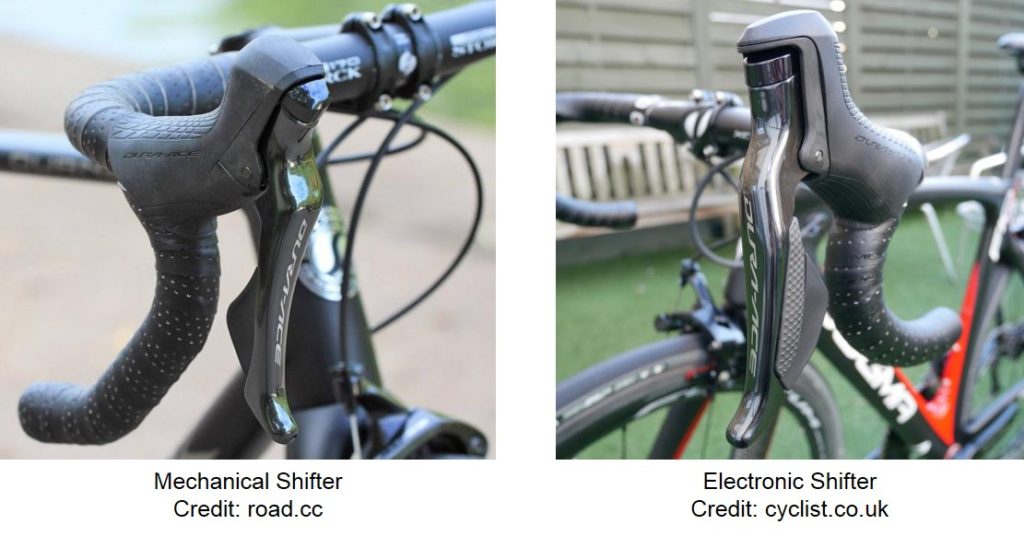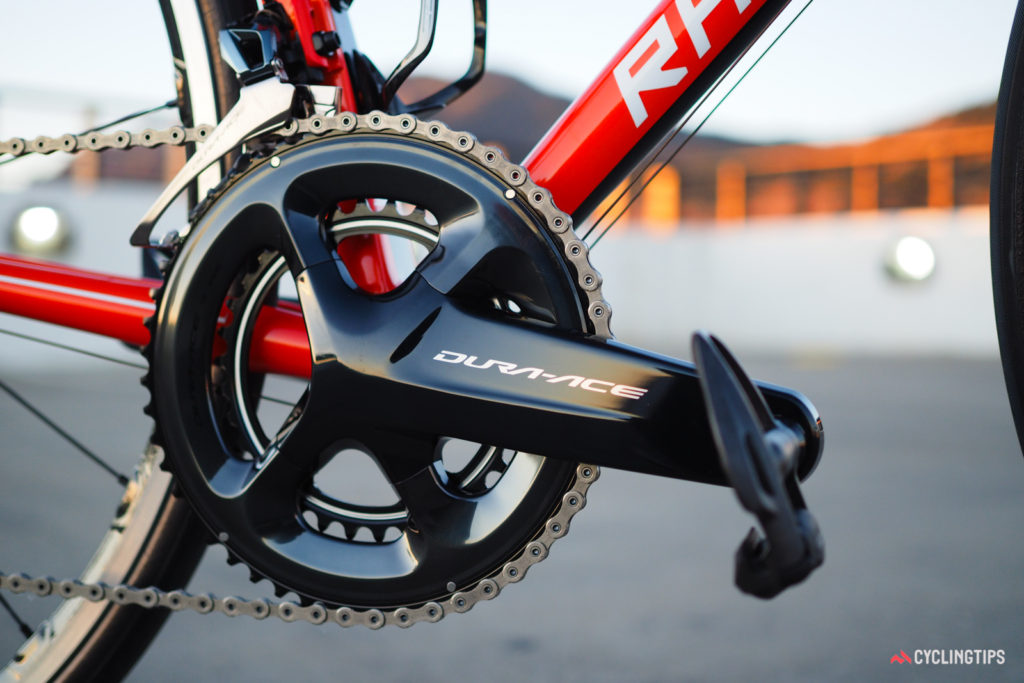Road Electronic VS Mechanical Groupsets
Electronic groupsets have become more popular and some cyclists may start to consider upgrading their road bikes to the electronic over a standard mechanical groupset.
So, in this article, we will look into the differences between electronic and mechanical groups.

Electronic groupsets allow the riders to shift the gears by pressing the electronic switches which use electric motors that are housed in the derailleurs and are powered by a battery. For mechanical groupsets, riders physically operate the shifters which then shift the derailleurs with assistance from inner cables.
Advantages of Electronic Groupsets
Electronic shifters are easier to operate than mechanical shifters. A rider just needs to effortlessly press the shifting button, while the electric motor in the derailleur does the rest of the work to shift gears immediately.

For Shimano electronic groupsets, there is one main feature which is Shimano Synchronized Shifting. It automatically shifts both front and rear derailleurs to the most efficient gear combination. This function is to simplify gear choice, provide efficient pedalling and reduce shifting stress.
Disadvantages of Electronic Groupsets
One of the main disadvantages of electronic groupsets is having to check battery level occasionally and charge if necessary. Otherwise, derailleurs may suddenly stop working while riding. However, Shimano’s Di2 battery lasts up to 2000km per charge, and usually the front derailleur will stop working first when battery level drops below 25%, while the rear derailleur continues to work. Depending on the shifting style, average riders may probably charge the batteries 2-3 times a year.
Electronic groupsets are more expensive than mechanical groupsets as they are only available in high-end and professional level options. In Shimano, Di2 groupsets are only available in the Dura-Ace and Ultegra range.
Advantages of Mechanical Groupsets
The main advantage of mechanical groupsets is that battery is not required, therefore the riders never have to worry about keeping them charged.
The groupsets are also cheaper than the electronic groupsets and available in more ranges from low-end to high end. They are also easier to maintain. With some basic bike tools and knowledge, the riders themselves can possibly repair it while they are out riding.
Disadvantages of Mechanical Groupsets
The mechanical groupsets require more effort to shift a derailleur as the riders have to use a fair amount of force to push the shift lever in order to overcome inner cable friction and derailleur spring tension to shift properly.

More maintenance is needed as the shifter inner cable stretches with usage, this will cause the derailleur to go out of adjustment and result in poor shifting. Also, riders need to decide which chainring and cassette sprocket to use to avoid cross-chaining while riding.

In a nutshell, cycling enthusiasts who ride competitively would prefer electronic groupsets as they shift faster, more consistent and are easier to use than mechanical groupsets. Recreational riders, commuters and bicycle tourists may still prefer mechanical groupsets since price would be a more important consideration for them.
Published by: May Sabai Htwe, 15 June 2021




